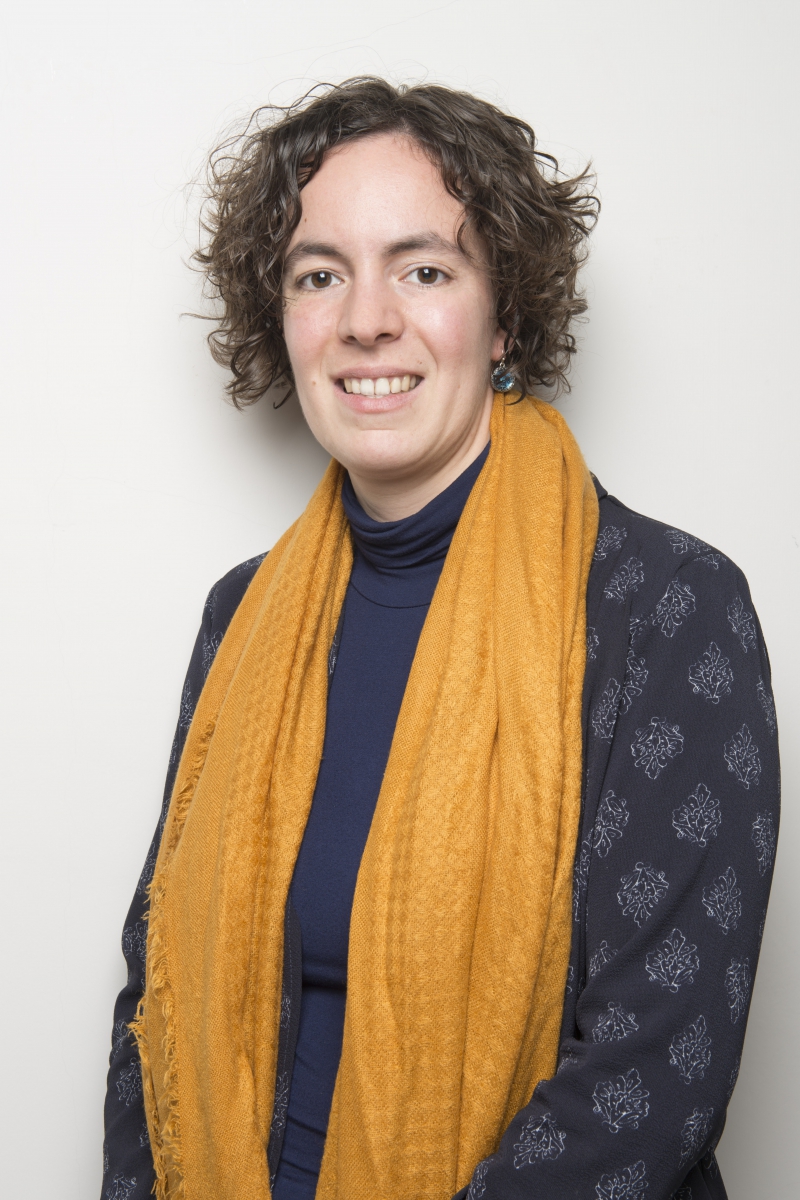PARCUM
PARCUM, museum for dialogue for religion, art and culture, integrates participation in all domains of its functioning: museum, immovable, movable and intangible heritage. PARCUM is situated in Park Abbey in Leuven (Belgium).
As a museum for dialogue, PARCUM deliberately focuses on the interaction between contemporary (global) themes and religious heritage, between believers and non-believers, between different denominations and philosophies, between young people and the elderly, etc. With this approach, PARCUM desires to stimulate engagement in visitors of various philosophical and cultural backgrounds. The museum positions itself as an open meeting place, a place for critical and creative thinking, for wonderment and development, for reflection and dialogue. PARCUM addresses issues of identity and creates new forms and contents to alleviate social tensions, for instance, by focusing on questions about interreligiousness and interculturalism, citizenship and personal development.
Participation is an important concept in the functioning of PARCUM, both in the service provision towards heritage communities as in the museum part of the organization. Heritage communities form part of a consultation platform that has its representatives in the executive board of PARCUM. Furthermore, some museum activities are organized in cooperation with or on proposal by heritage communities. The 'dialogues of silences', a type of event proposed by the interreligious group 'Grenzenbewegenleuven', is an example of participation activities in PARCUM. Another project is the so called 'duo guides project' in which a local guide collaborates with a guide with an immigration background.
The department of inmovable heritage advices church boards on the development of their church policy plans. PARCUM initiates the participative process en brings stakeholders together to elaborate a common vision. Concerning movable heritage, PARCUM developed an online tool to elaborate a plan of valorisation and selection of objects in which the communities participate.
PARCUM advised several communities on the safeguarding of their traditions. There was a special focus on processions, but also other traditions such as the culture of nativity scenes and pilgrim's customs had their place in the museum. On 'Erfgoeddag' we developed a 'heritage pelgrimage' on the site of Park Abbey organized in collaboration with pilgrim associations.
Participation as a key word for integrated heritage support
Description of the project / practice / program
Intangible cultural heritage of religious and philosophical communities is to be found in different domains: social practices (processions, devotional practices, feasts and celebrations), crafts (baking hosts, traditional crafts in convents etc.) and knowledge and practices concerning nature and universe (fertility rites connected to religious celebrations). PARCUM offers help to all those communities with the safeguarding of their traditions.
Practioners of intangible heritage are involved in the museum on different levels:
- in safeguarding projects that help communities to get registred on the National Inventory of ICH
- in exhibitions, which we organize in collaboration with and on proposal of ICH communities
- in activities such as debates or lectures with ICH practioners
- ...
PARCUM contributes to the safeguarding of ICH by raising awareness on ICH, participating in networks, giving advise to ICH communities and giving vissibility to ICH by means of exhibitions and other activities in the museum.
Type of safeguarding measures are: documenting ICH, doing research, raising awareness and giving visibility and trying to involve youngsters by means of 'the dialogue between generations'.
How were practitioners of intangible cultural heritage involved?
ICH-practioners are involved on all different levels. For example, PARCUM strives to raise awareness on ICH and to register the traditions when developing Church Policy Plans (kerkenbeleidsplannen). Also PARCUM developed the program 'Op handen gedragen' for practioners of processions. This program was developed in collaboration with KADOC en LECA. The collaboration made sure that we could cover a wider range of practioners. Examples of actions in the 'Op handen gedragen' program: booklet with inspiration for ICH-practioners, developing a network where organizers of processions could meet each other and exchange expertise, organization of meetings and conferences, etc.
CV of the author

Julie Aerts graduated as a Master in Modern History at KU Leuven in 2006 and as an Aggregated High School Teacher in 2007. After a short career as a history teacher in high school, she started working at the Centre of Religious Art and Culture in 2011 where she is responsible for the project management at the Department of Movable Religious Heritage. She is one of the authors of the 'Atlas van het religieus erfgoed in Vlaanderen' and she developed the CRKC's role on the domain of Intangible Cultural Heritage. At this position she established contacts with numerous (religious) ICH communities in Flanders and assisted them with the safeguarding of their ICH. In 2017 the museum PARCUM, museum of dialogue for religion, art and culture, opened its doors in Park Abbey in Leuven (Belgium). Julie is responsible for the development of the dialogue function between PARCUM and its heritage communities.
LESSONS LEARNT
-
Good communication is indispensable
-
Sufficient time and attention must be given to the development of broad support. Preferably you need to look further than the heritage sector. Intangible heritage is a good tool for conneting with other sectors in society and for setting up socially relevant projects.
-
In time, a 'learning network' around participation could be set up. It is important to anchor and share the acquired expertise.
LINKS
- www.parcum.be
- Project: Op handen gedragen (in Dutch)
Practical
When
22 March 2018 from 14:58 to 14:58
Where
Subscriptions
It is no longer possible to subscribe to this bestpractice. Reports and videos will be published after the bestpractice.